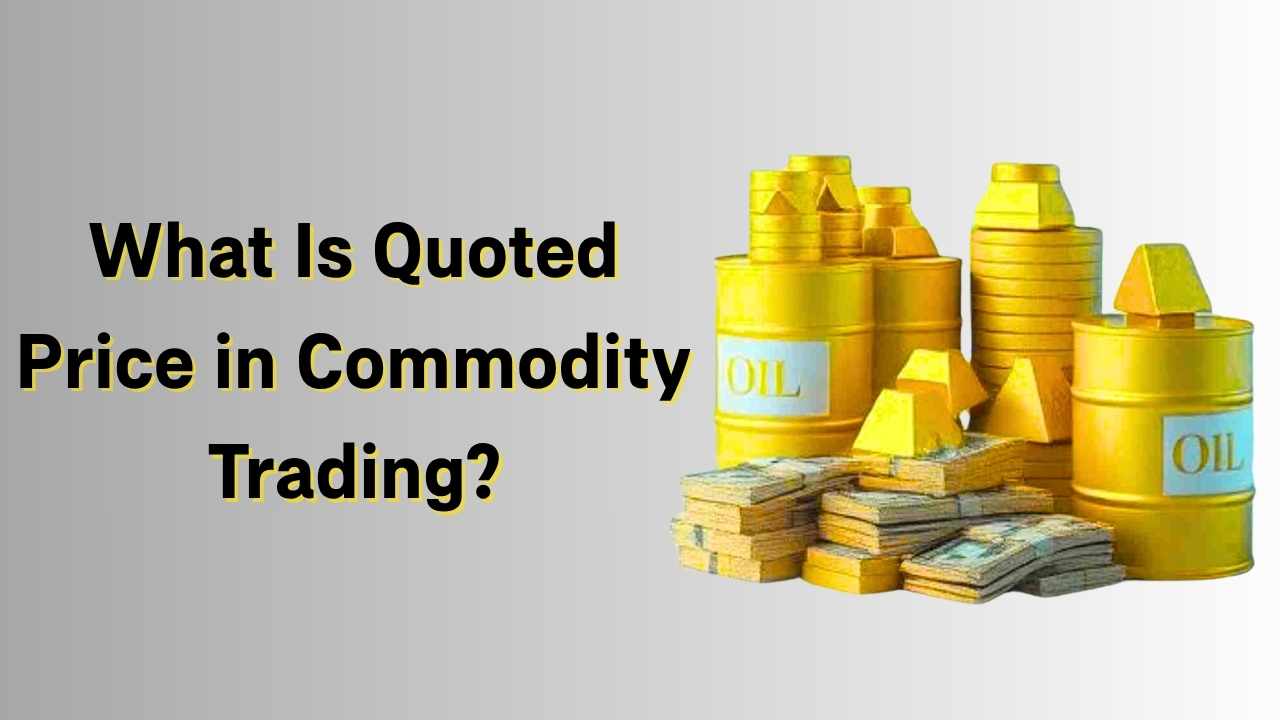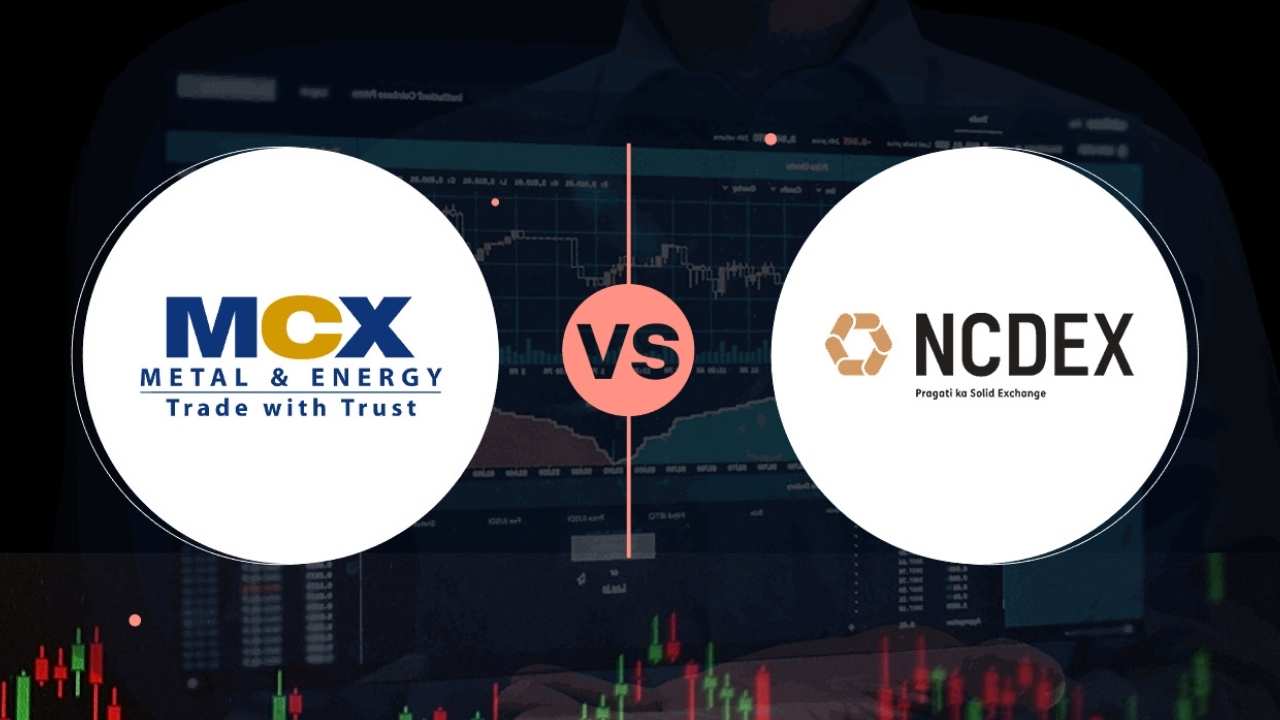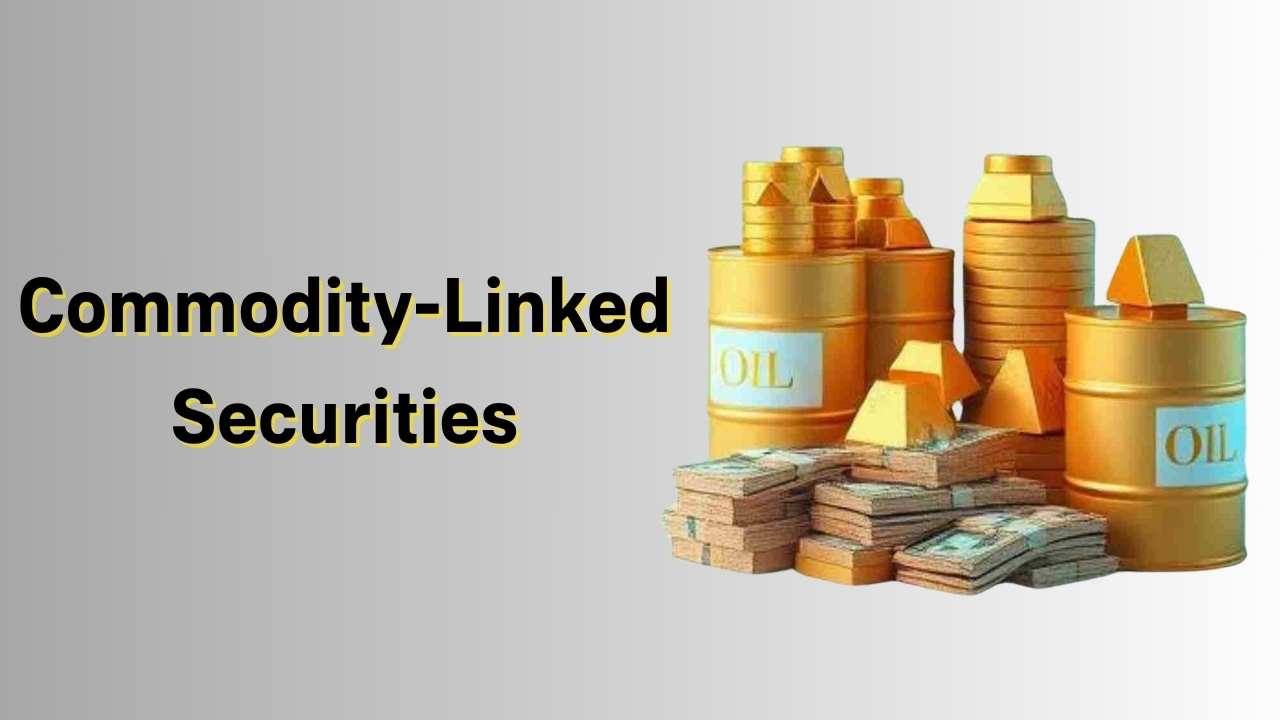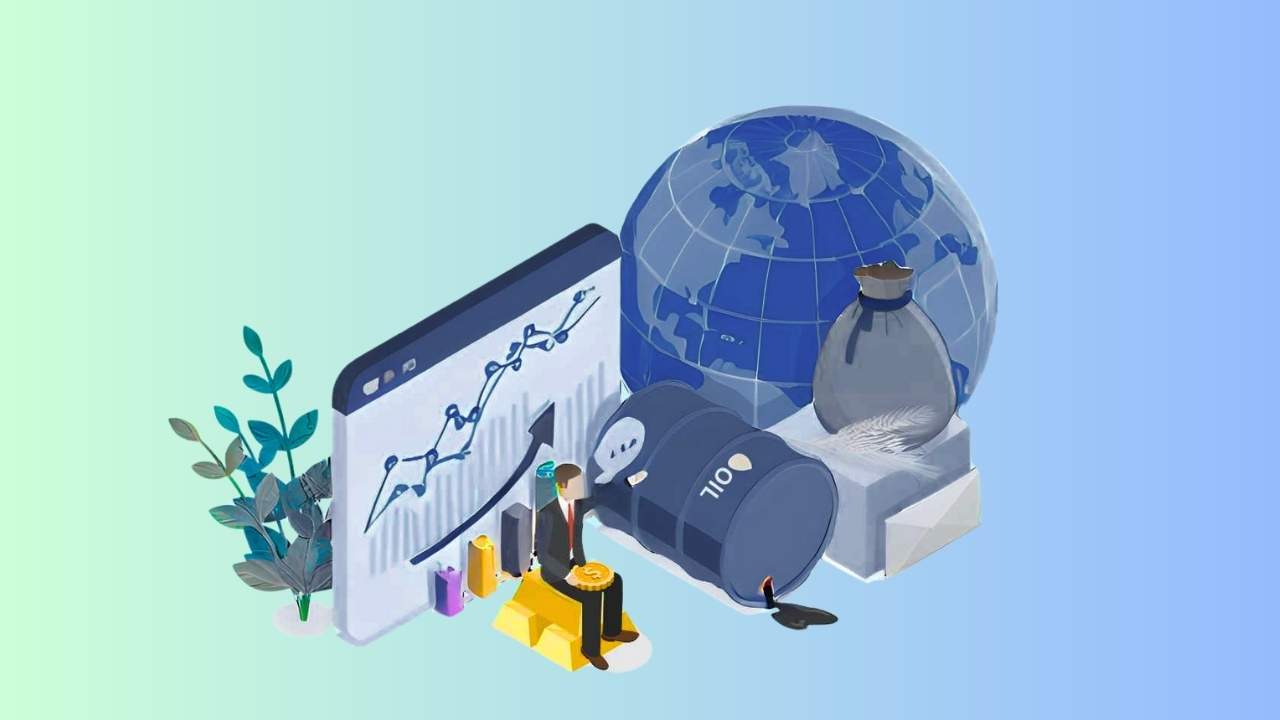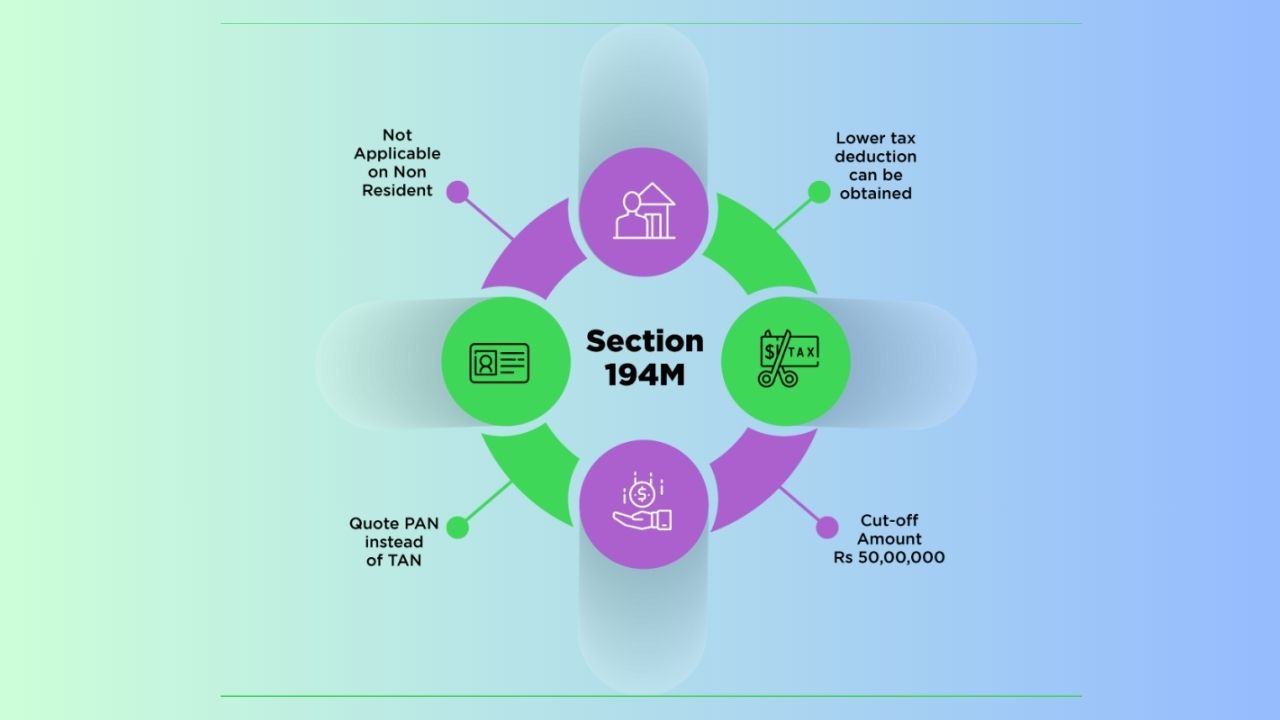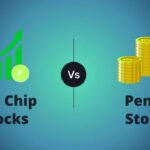If you have ever used a trading terminal, you must have witnessed the quotations of shares, derivatives, and commodities fluctuating every second. The continuously updated price is referred to as the quoted price, and it is essential for both buying and selling financial instruments. For commodity trading, knowledge of the quoted price and the drivers influencing it enables traders to make informed decisions and avoid risk.
What Is Quoted Price in Commodity Trading?
A quoted price in commodity market trading commonly is the last traded price (LTP) of a given commodity. In general financial markets, it may also be the best available bid and ask prices:
- Last Traded Price (LTP): The most recent price at which a commodity was bought or sold.
- Bid Price: The highest price a buyer is willing to pay.
- Ask Price (Offer Price): The lowest price a seller is willing to accept.
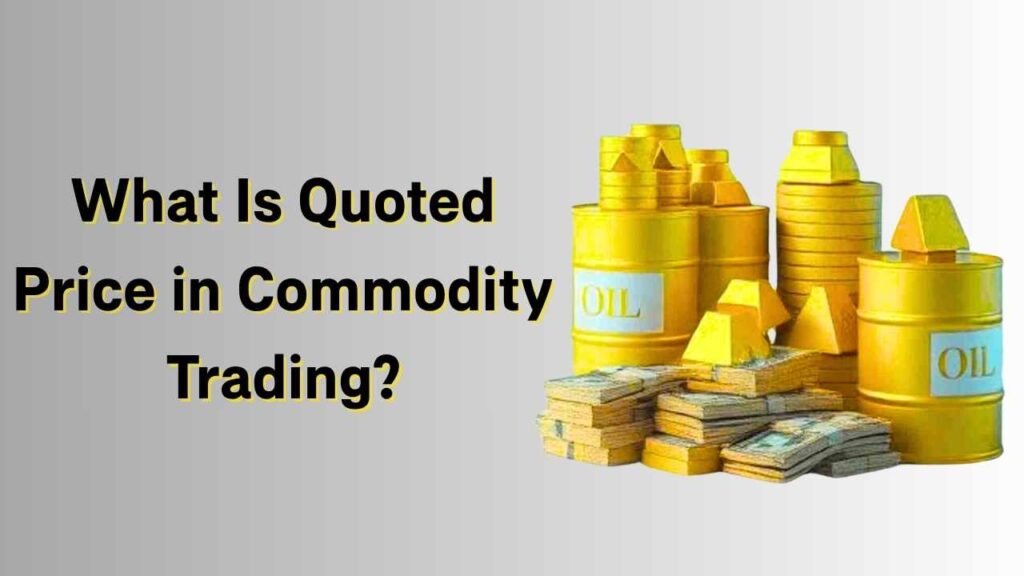
When a buyer’s offer equals a seller’s ask, a transaction is made, and that agreed price is now the new LTP. Whether you trade on the spot market (immediate delivery) or the futures market (delivery some time in the future), you will notice quoted prices update in real time.
Where Are Commodity Prices Quoted?
In India, you can see commodity prices on electronic trading platforms connected to exchanges such as:
- Multi Commodity Exchange (MCX)
- National Commodity and Derivatives Exchange Limited (NCDEX)
These exchanges offer an electronic ticker tape—a screen that displays commodities and their latest quoted price. Because prices fluctuate very quickly during trading sessions, the ticker tape refreshes immediately, so traders get the latest market data.
Components of a Commodity Quote
A complete commodity quotation provides a quick overview of market action. Below are the principal elements:
| Component | Definition |
|---|---|
| Bid Price | Highest price a buyer will pay. |
| Ask Price | Lowest price a seller will accept. |
| Bid–Ask Spread | Difference between the bid price and ask price. |
| Last‑Traded Price | Price at which the commodity was last traded. |
| Open | The opening price for the current trading session. |
| High | The highest price reached during the session. |
| Low | The lowest price reached during the session. |
| Previous Close | The closing price from the previous trading session. |
| Change (%) | Percentage change from the previous close to the current quoted price. |
| Volume | Total quantity of the commodity traded in the session. |
Units of Quotation in Commodities
Each commodity is quoted in its own standard units:
- Silver: Often per kilogram.
- Crude Oil: Per barrel.
- Gold: In grams or kilograms (spot market may use per 10 grams; futures use per kilogram).
When buying futures, the lot size (contract size) indicates how many units you purchase or sell. Various commodities vary in lot sizes, so be sure to check prior to an order.
Factors Affecting Quoted Prices
Several factors can move quoted prices up or down:
1. Demand and Supply
- High Demand + Low Supply: Drives quoted price up.
- High Supply + Low Demand: Pushes quoted price down.
2. Volume
- High Volume: Tighter bid–ask spread, more stable pricing.
- Low Volume: Wider spread, more price volatility.
3. Macroeconomic Factors
- Economic indicators (GDP growth, inflation, interest rates) can change how much buyers and sellers pay.
- Government policies (subsidies, taxes) also affect costs and prices.
4. Geopolitical Events
- Wars, trade sanctions, or transport strikes can interrupt supply chains.
- Any disruption can cause sudden price swings.
Why Quoted Price Matters to Traders
- Real‑Time Decision Making: Traders need up‑to‑the‑second prices to enter or exit positions.
- Risk Management: Knowing bid and ask helps set stop‑loss and take‑profit orders.
- Market Transparency: Clear quotes show fair trading conditions.
- Cost Calculation: Traders calculate total investment based on quoted price multiplied by lot size.
Example: Reading a Quoted Price on MCX
Imagine you log into your MCX trading platform and see this quote for crude oil futures:
- Bid: ₹5,500 per barrel
- Ask: ₹5,505 per barrel
- Last Traded Price: ₹5,503 per barrel
- Volume: 10,000 barrels
Here’s how to interpret it:
- Sellers are willing to part with oil at ₹5,505.
- Buyers are willing to pay up to ₹5,500.
- The last trade happened at ₹5,503.
- If you place a market buy order, you will likely pay ₹5,505 (the ask price).
- If you place a market sell order, you will receive ₹5,500 (the bid price).
Tips for Traders
- Watch the Spread: A narrow spread means lower transaction costs.
- Monitor Volume: Sudden drops in volume can signal less liquidity and more risk.
- Check Economic Calendars: Major data releases often move quoted prices sharply.
- Stay Informed on News: Geopolitical or weather events can cause instant quote changes.
Conclusion
The quoted price forms the basis of commodity trading. It informs you, at a glance, what buyers will pay, how much sellers are demanding, and where the market last traded. If traders know what the components are and what affects quoted prices, they can make more intelligent, more confident choices in both the spot and futures markets.
Whether you’re a rookie trader or an experienced professional, monitoring the quoted price—and understanding how to read it—will serve you well in navigating the high‑speed universe of commodity trading.
Disclaimer:
The information presented in this article is for general informational purposes only. It does not constitute financial, investment, or professional advice. Commodity prices and market conditions can change rapidly; before making any investment or trading decisions, you should conduct your own due diligence and consult with a qualified financial advisor or other professional. The author and publisher assume no responsibility for losses or damages resulting from any actions taken based on the content of this post.
